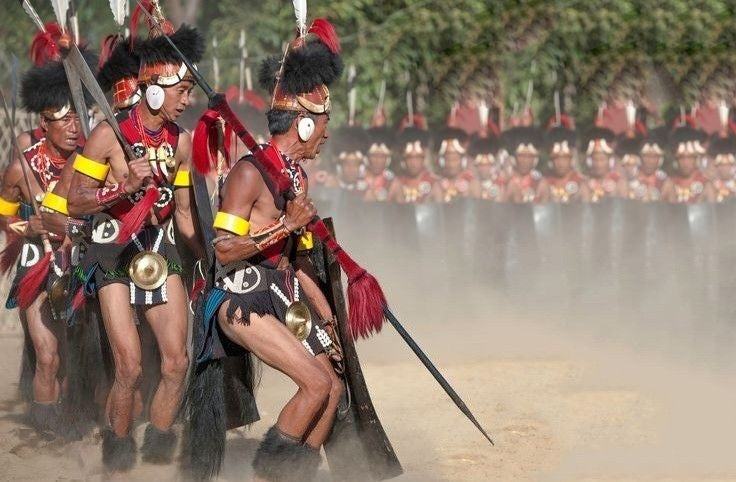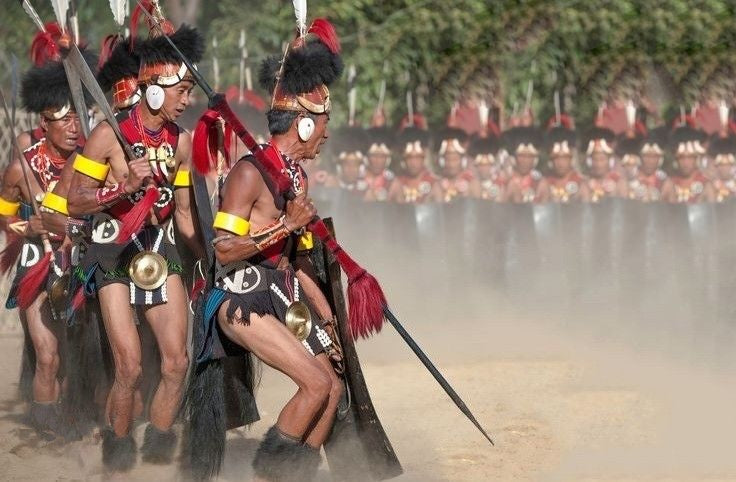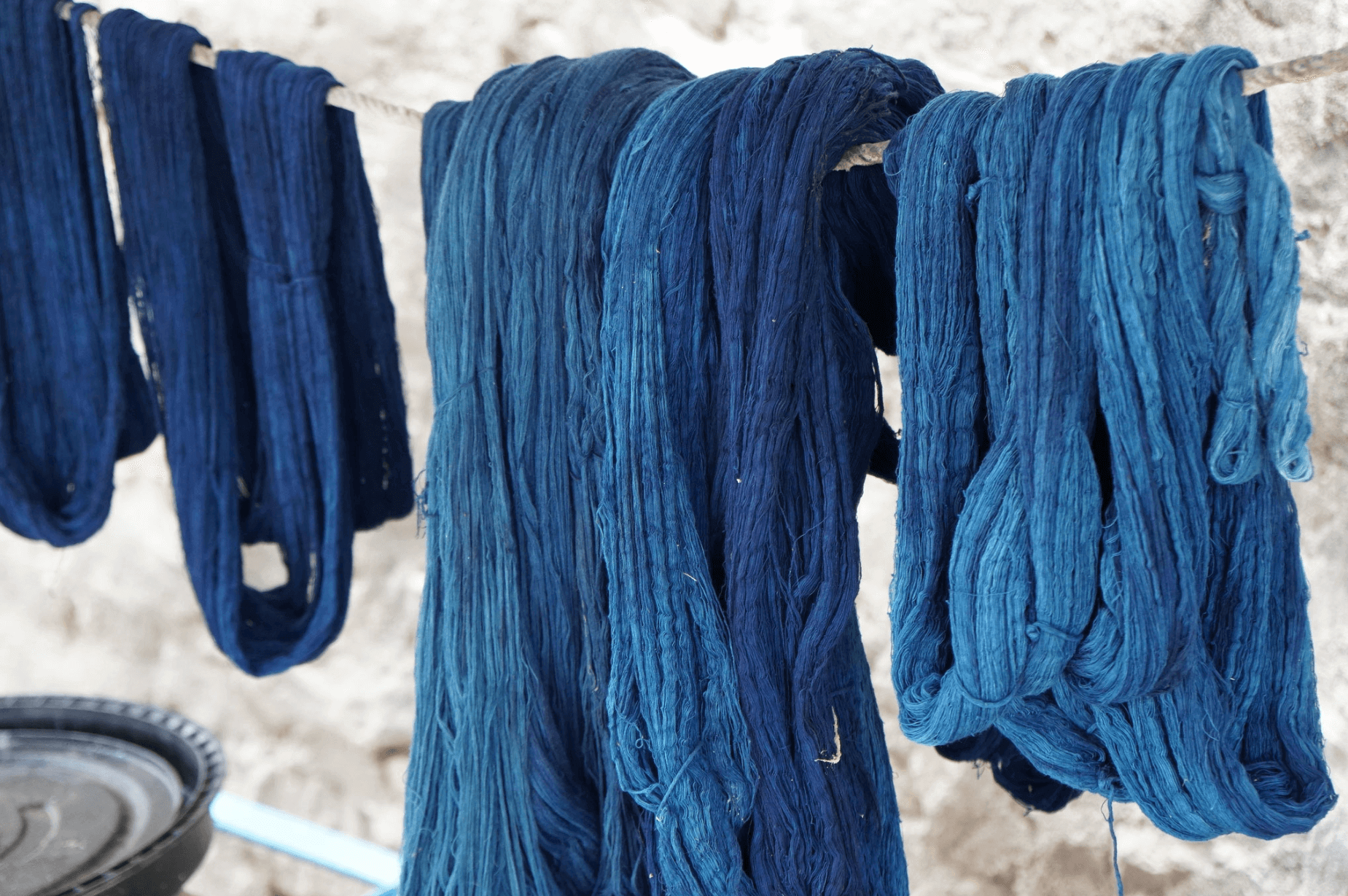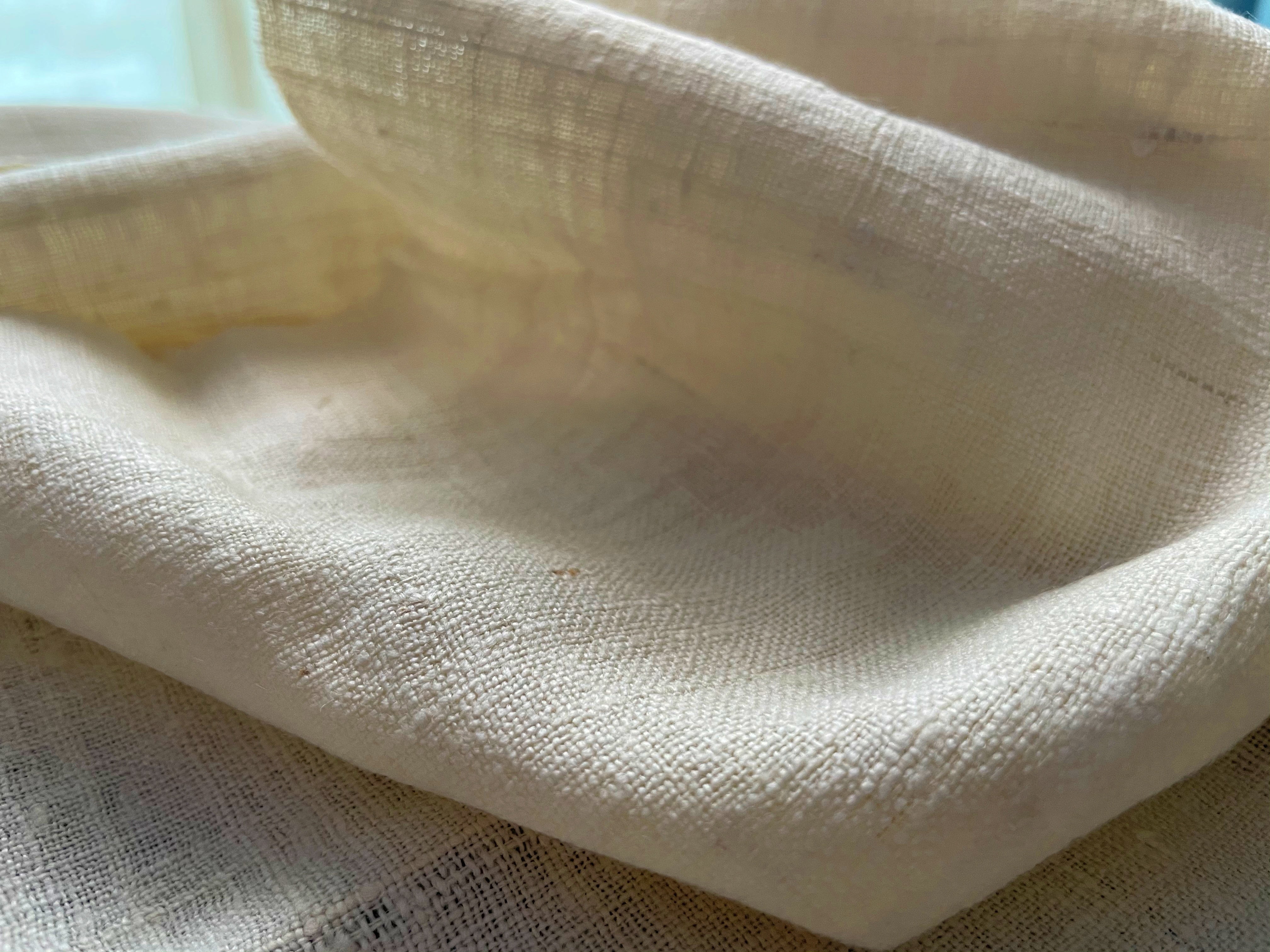5 Interesting Things about NorthEast Tribes

The tribes of Northeast India have unique and diverse habits, customs, and traditions that reflect their distinct culture and way of life. Here are some examples of unique habits of tribes in Northeast India:
Head hunting: In the past, some tribes of Northeast India, such as the Konyaks of Nagaland, practiced headhunting as a part of their warrior culture. They believed that taking the head of an enemy in battle would bring them strength, power, and prosperity.
Living root bridges: The Khasi tribe of Meghalaya is known for their unique practice of building living root bridges using the roots of the ficus tree. These bridges are made by weaving the roots of the trees together over a period of years and are an impressive feat of engineering.
Bamboo dance: The Mizoram tribe is known for their traditional dance called Cheraw or bamboo dance, which involves dancers moving in and out of a pattern of bamboo sticks held by other dancers. It is a fast-paced and visually impressive dance.

Community fishing: The Angami tribe of Nagaland practices a unique form of fishing called the Tsüngremmong, which involves the whole community working together to catch fish. They believe that this practice brings good luck and prosperity to the community.
Hunting with blowpipes: The Konyak tribe of Nagaland is known for their traditional method of hunting using blowpipes. They use small darts made of bamboo or cane, which are blown through the blowpipe to kill small animals such as birds and squirrels. This practice has become less common in recent times due to conservation efforts.




